Six years ago, I urged Bill Clinton to get a second opinion instead of blindly opting for a quadruple coronary artery bypass. A few months before his surgery, I had been told by an Indianapolis cardiologist that if I did not undergo a quintuple bypass, I would probably have a massive heart attack or stroke within a few months. I opted for treatment from Howard Wayne, MD, FACC, FACP, of San Diego. Now, six years later, I am doing great and Bill Clinton has had to have two stents placed in a coronary artery.
Most patients who undergo coronary artery bypass surgery undergo the placement of stents or even another bypass five or six years later. In April, it will be six years that I began treatment with medication for my coronary artery disease and angina.
Dr. Wayne is gone now, but his web site is still up and as valid as ever. Check it out: http://www.heartprotect.com/
Routine exams result in under diagnosis and under treatment. The stethescope and EKG will detect heart disease in 10-20 percent of future victims. The stress EKG will detect 10-15 percent more. Not until the heart disease is far advanced and often too late to treat will these tests become abnormal.
Invasive tests (angiograms) result in over diagnosis and unnecessary surgeries. Angiograms cannot image the small arteries that make up the heart's microcirculation. A coronary artery may appear to be obstructed, but the muscle it goes to often functions normally and is in no danger because the blood supply comes from microcirculation.
Noninvasive tests involve placing radioactive detectors, sonar devices, electronic sensors, pulse transducers and microphones on the chest. No catheters, tubes or needles enter or "invade" the body.
These noninvasive tests image and permanently record:
localized abnormalities of motion and heart muscle due to obstructive coronary artery disease.
flow of blood in heart muscle.
thickness of heart's muscular walls.
dimensions of the heart's chambers.
structure and motion of its valves.
obstruction or leakage of valves.
heart murmurs: their origin and the vloume, velocity and pattern of blood flow through each valve.
duration of each phase of the cardiac cycle.
normal and abnormal heart sounds.
systolic and diastolic heart function.
fraction of blood ejected each beat.
Noninvasive tess are extremely sensitive in the early detection of heart disease. Heart disease, if present, will be found with resting tests in 85-90 percent of patients, even in those without symptoms. Exercise tests with noninvasive studies will identify almost all of the remainder.
Once heart disease is found, surgery is usually not needed, despite what an invasive cardiologist might say. Predisposing conditions, once identified, can be treated and eliminated, without surgery.
Drugs which reduce the workload of the heart, protect it, and improve its blood supply and function then can be given. The same noninvasive tests used for early diagnosis may be used to monitor the patient's progress. These can be compared with previous tests in order to optimize treatment and to detect and treat adverse changes even before symptoms appear.
If you find this too hard to believe, check out my blog. I started it in 2004, when I began Dr. Wayne's treatment. I am living proof that even when your cardiologist tells you you need immediate quintuple coronary artery bypass surgery, it ain't necessarily so.
My blog is at http://wordworks2001.blogspot.com
Saturday, February 13, 2010
A Letter to the Editor
Subscribe to:
Post Comments (Atom)




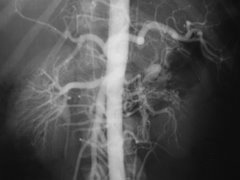
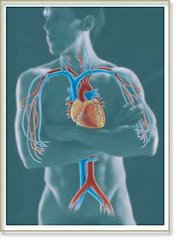
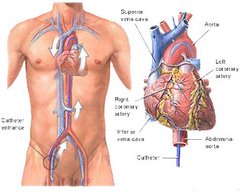
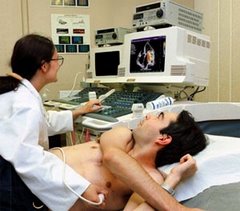
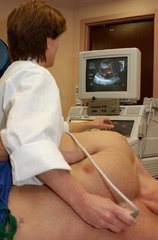
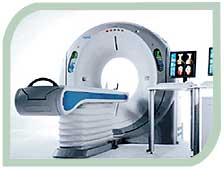
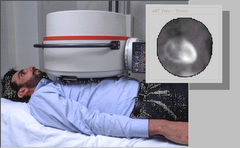
No comments:
Post a Comment